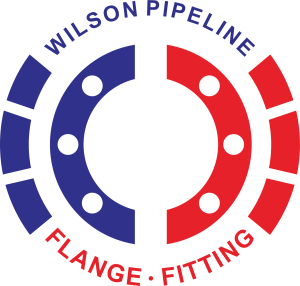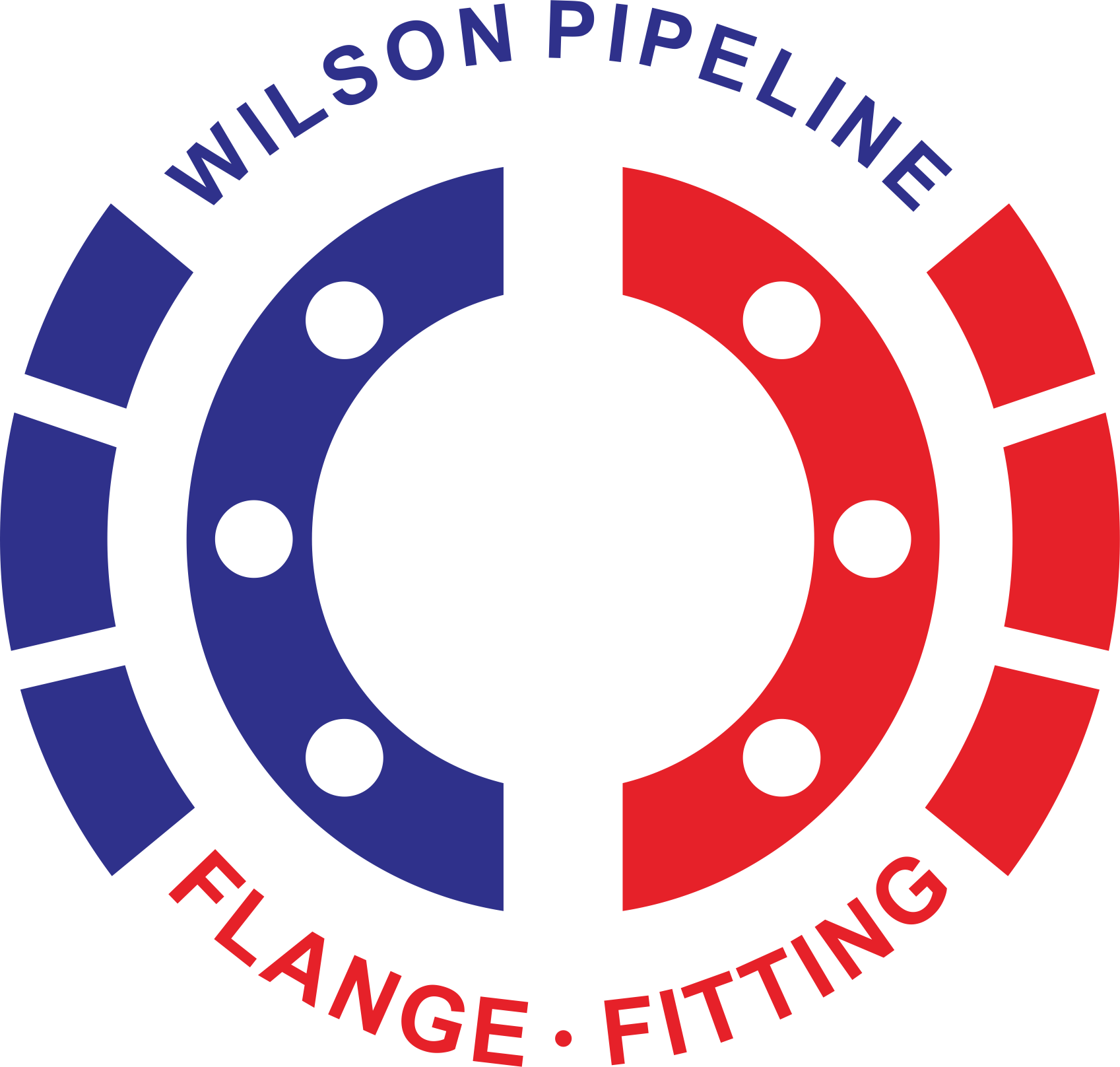
What are some common issues with lined pipes?
Lined pipes are pipes that have an internal lining made of a different material than the outer pipe. The lining is used to protect the inner surface of the pipe from corrosion, erosion, or other forms of damage that can occur due to the fluid being transported.
Lined pipes are commonly used in industries such as chemical processing, oil and gas, and water treatment, where the transported fluids may be corrosive or abrasive. The lining material is chosen based on the specific requirements of the application and the properties of the transported fluid. Some common lining materials include:
1. Rubber: Rubber linings are commonly used for their excellent resistance to corrosion and abrasion. They are often used in applications involving corrosive acids, alkalis, and salts.
2. Plastics: Plastics such as PVC, HDPE, and PTFE are often used as lining materials due to their excellent chemical resistance. They are commonly used in applications involving corrosive chemicals and acids.
3. Ceramic: Ceramic linings offer excellent resistance to abrasion and high temperatures. They are commonly used in applications involving abrasive slurries and high-temperature fluids.
4. Glass: Glass linings are often used in applications involving strong acids, alkalis, and solvents. They offer excellent resistance to chemical attack and are highly durable.
Lined pipes can be manufactured using a variety of processes, including centrifugal casting, extrusion, and welding. The choice of manufacturing process will depend on the specific requirements of the application and the propertiesof the lining material.
It’s important to note that lined pipes require careful installation and maintenance to ensure their effectiveness. The lining can be damaged during installation or operation, which can compromise the protection it provides to the inner surface of the pipe. Regular inspections and maintenance can help to identify and repair any damage to the lining and ensure the continued effectiveness of the lined pipe.
Lined pipes can experience a variety of issues that can compromise their effectiveness and lead to leaks or failures. Some common issues with lined pipes include:
1. Delamination: Delamination occurs when the lining material separates from the pipe wall, usually due to poor adhesion between the lining and the pipe. Delamination can create gaps between the lining and the pipe, allowing the transported fluid to come in contact with the pipe wall and cause corrosion or erosion.
2. Blistering: Blistering is the formation of bubbles or blisters on the surface of the lining. This can occur due to a variety of factors, including moisture in the lining material or improper curing of the lining during manufacturing. Blisters can create weak spots in the lining, which can lead to leaks or failures.
3. Cracking: Cracking can occur in the lining material due to excessive stress or strain, or due to exposure to high temperatures or chemicals. Cracks can compromise the integrity of the lining and allow the transported fluid to come in contact with the pipe wall.
4. Erosion: Erosion can occur when the transported fluid contains abrasive particles or when the fluid velocity is too high. Erosion can wear away the lining material and expose the pipe wall to the transported fluid.
5. Chemical attack: Lining materials can be susceptible to chemical attack from the transported fluid, especially if the fluid is highly corrosive or acidic. Chemical attack can degrade the lining material and compromise its effectiveness.
Toaddress these issues, lined pipes require regular inspections and maintenance. Inspections can help identify any signs of delamination, blistering, or cracking in the lining material, and maintenance can involve repairing or replacing damaged lining as needed. Proper installation and use of the lined pipes, including maintaining proper temperature and flow rates, can also help to minimize the risk of erosion and chemical attack. It is important to work with a qualified engineer or supplier to select the appropriate lining material and to establish a regular inspection and maintenance schedule to ensure the continued effectiveness of the lined pipe.
